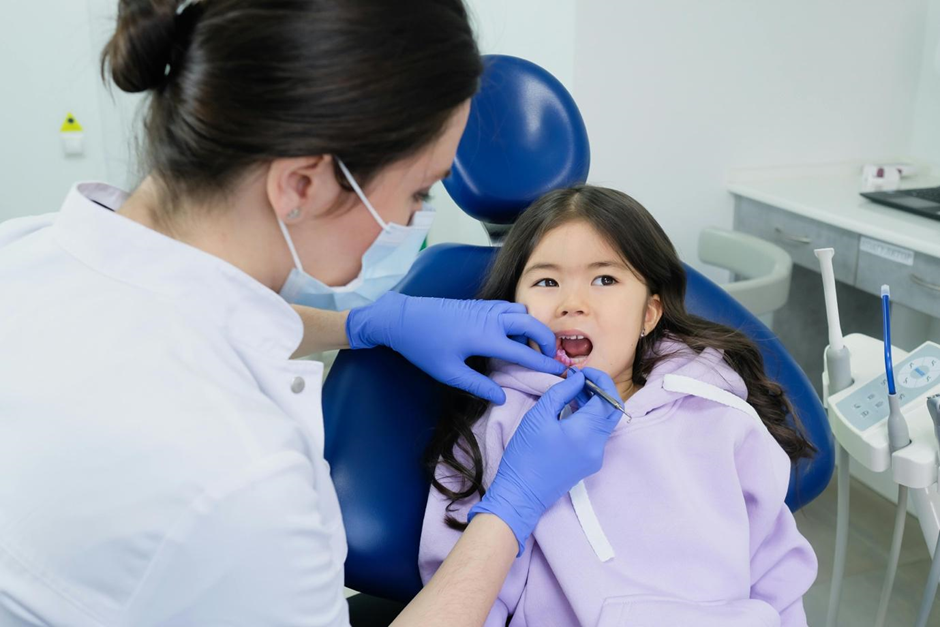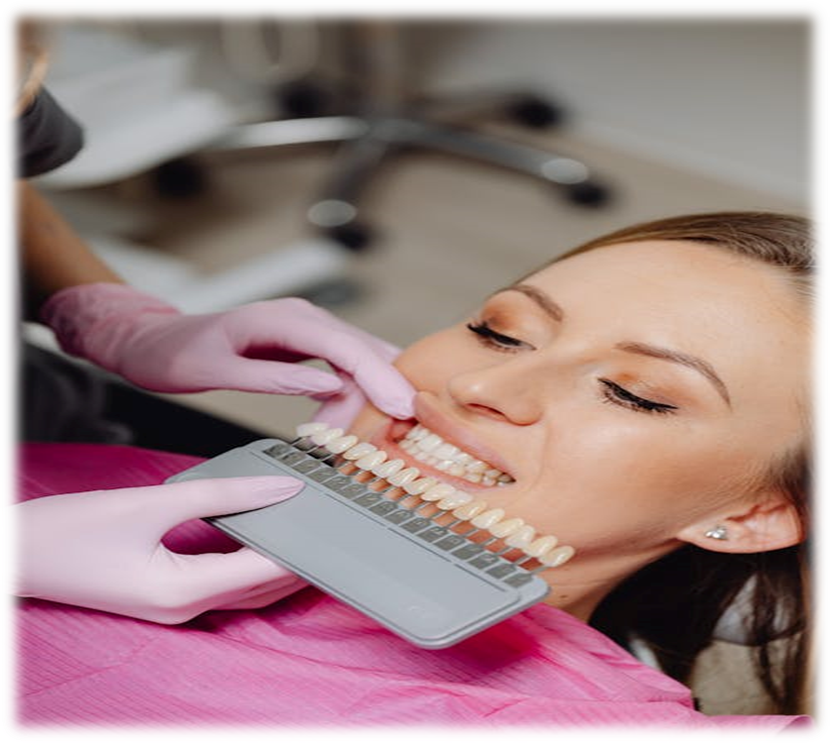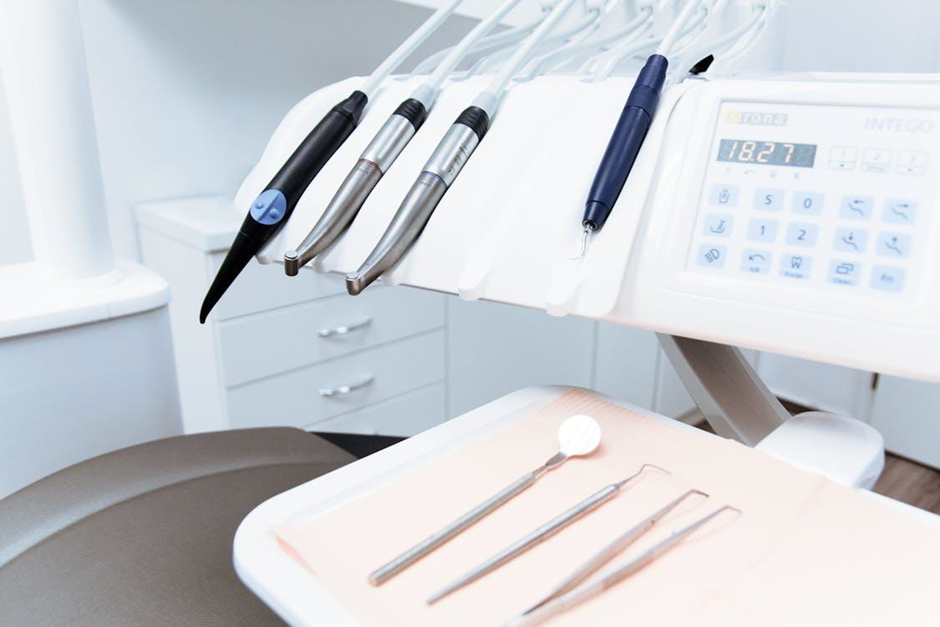What is Orthodontic Treatment?
Orthodontist
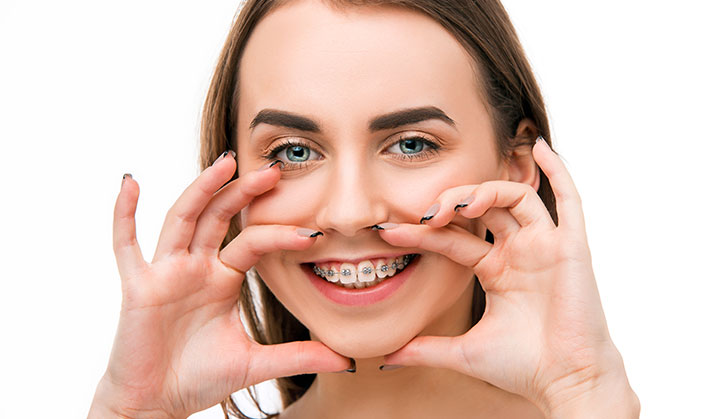
Orthodontic treatment involves moving or straightening teeth so that they look good and function properly, i.e., they spread the pressure evenly when you bite down on something and sustain the health of your teeth in the long run by preventing toothaches and other oral problems.
When Do You Need Orthodontics?
Once you consult your dentist, they will check your dental and medical health, perform an X-ray, and determine if orthodontics is required and what your treatment plan should be. The following list includes cases when dentists recommend orthodontic treatment:
- Open Bite: extra space between the teeth in the front or the side.
- Under Bite: when the entire front row of teeth sticks out either because the upper teeth are too far back, or the front row isn’t properly aligned.
- Cross Bite: if the top row of teeth doesn’t slightly cross over the bottom row if you bite down normally.
- Deep Bite: when the upper front teeth stick out (also known as buck teeth).
- Crowding: occurs when there are too many teeth on the dental ridge, and there isn’t enough space.
- Misplaced Midline: in some cases, the center of your upper and lower rows of teeth may not be aligned.
- Spacing: gaps between your teeth due to some missing teeth, teeth that are too small for space, misaligned teeth, etc.
- Transposition: a switch in position between two of your permanent teeth.
- Rotation– when your tooth grows at an angle, it is known as a rotated tooth.
How Orthodontic Treatment Works?
Dentists use fixed or removable methods objects to align your teeth properly and to ensure that your muscles and jaw don’t get negatively affected. The extent of the problem with your teeth will determine the method they choose.
-
Fixed-object methods include:
Braces– braces combine bands with wires/brackets. The bands are secured into place around your teeth, and the bracket is fixed into position on top of the teeth. Wires are attached to the bands and pass through the brackets. When these wires are pulled tight, they encourage your teeth to come closer together. Dentist in Dubai, may adjust the positioning of these wires every month to encourage proper alignment. Depending on how damaged the position of your teeth is, fixing them may take a few months or even a couple of years. The good news is that the design of braces has become smaller over time and doesn’t show as much. You can also choose from a range of colors for the brackets.
- Fixed Space Maintainers– a space maintainer is basically used to keep the space open for a baby tooth that’s lost before its time before your permanent tooth comes out. During the procedure, a band is attached to the tooth beside the empty space. A wire stretches out from this tooth to the other end of the empty space to keep it open.
- Other Fixed Objects– these are usually the last option for people who can’t let go of habits like thrusting their tongue or sucking their thumb. These objects are attached with bands to your teeth and can be quite uncomfortable, especially at mealtimes.
- Removable-object methods include:
Removable Space Maintainers– they serve the same purpose as the fixed ones, with the only difference being that they are made of acrylics that fit over the jaw and are removable. - Aligners– these are an alternative for adult braces. The aim is the same – to align your teeth properly. The good news is that they don’t include any brackets or wires and are practically invisible. They also need to be removed before you eat, floss, or brush your teeth.
- Lip & Cheek Bumpers– if your lips or cheeks are exerting too much pressure on your teeth, your dentist may add bumpers to keep them away.
- Jaw Repositioning/ Splints– these may be worn on the top or bottom jaw to encourage your jaw to align properly with your teeth. It is recommended for patients with joint disorders.
- Palatal Expander– this plastic plate is worn over the roof of your mouth and is meant to widen your upper jaw. Screws attached to this plate are pressurized to open the palatal area of your bones.
- Headgear– this contraption involves a metal wire or face bow in the front, and a strap that goes around the back of your head. It slows down the growth of the upper jaw and encourages the front teeth to go back while the back teeth remain in place.
- Removable Retainers– these are worn on the roof of the mouth and prevent your teeth from reverting to their original position after they’ve been properly aligned. This is known as the “retention period.”
In rare cases, they may be used to avoid thumb-sucking.
What Does the Procedure Involve?
We’ve addressed some common questions that people have about orthodontic treatment:
Does It Hurt?
The appliances attached or worn over your teeth may feel a bit strange, and your teeth may experience a bit of discomfort while adjusting. However, if the discomfort is too much, your orthodontist in Dubai can help you out depending on the treatment selected for you.
How Many Visits Does It Take?
Braces usually need to be adjusted every month or every two months. Depending on the seriousness of the condition, your dentist will let you know about the frequency.
Can Orthodontics Damage My Teeth?
While the treatment and appliances themselves can’t damage your teeth, not taking proper care of them can. No cleaning your braces properly, letting food, especially sugary stuff, get stuck in them can cause plaque buildup and lead to long term damage. Make sure you are especially careful about cleaning both your teeth and braces. Your orthodontist will guide you on the proper way to go about this.
Endnote
Orthodontic treatment is generally performed on children to fix their teeth at a young age, but adults may require braces too. The success of the treatment depends on how good your orthodontist is, and how careful you are in maintaining good oral hygiene during and after treatment. As long as you follow the orthodontist’s instructions properly, your teeth will be fine.
Although some minor movement in your teeth is natural, if your treatment was a success, you’ll probably never need treatment again in your life. So make sure to be careful with your teeth cleaning and what you eat, and you’ll have a sparkling smile in no time.
Also Read : Understand the different types of dental retainers and their role in maintaining your orthodontic results in our blog on Different Types of Dental Retainers.
Book an Appointment With Your Doctor NOW!
Ready for a brighter smile? Schedule your appointment with Dr. Paul’s Dental Clinic today and experience exceptional dental care.
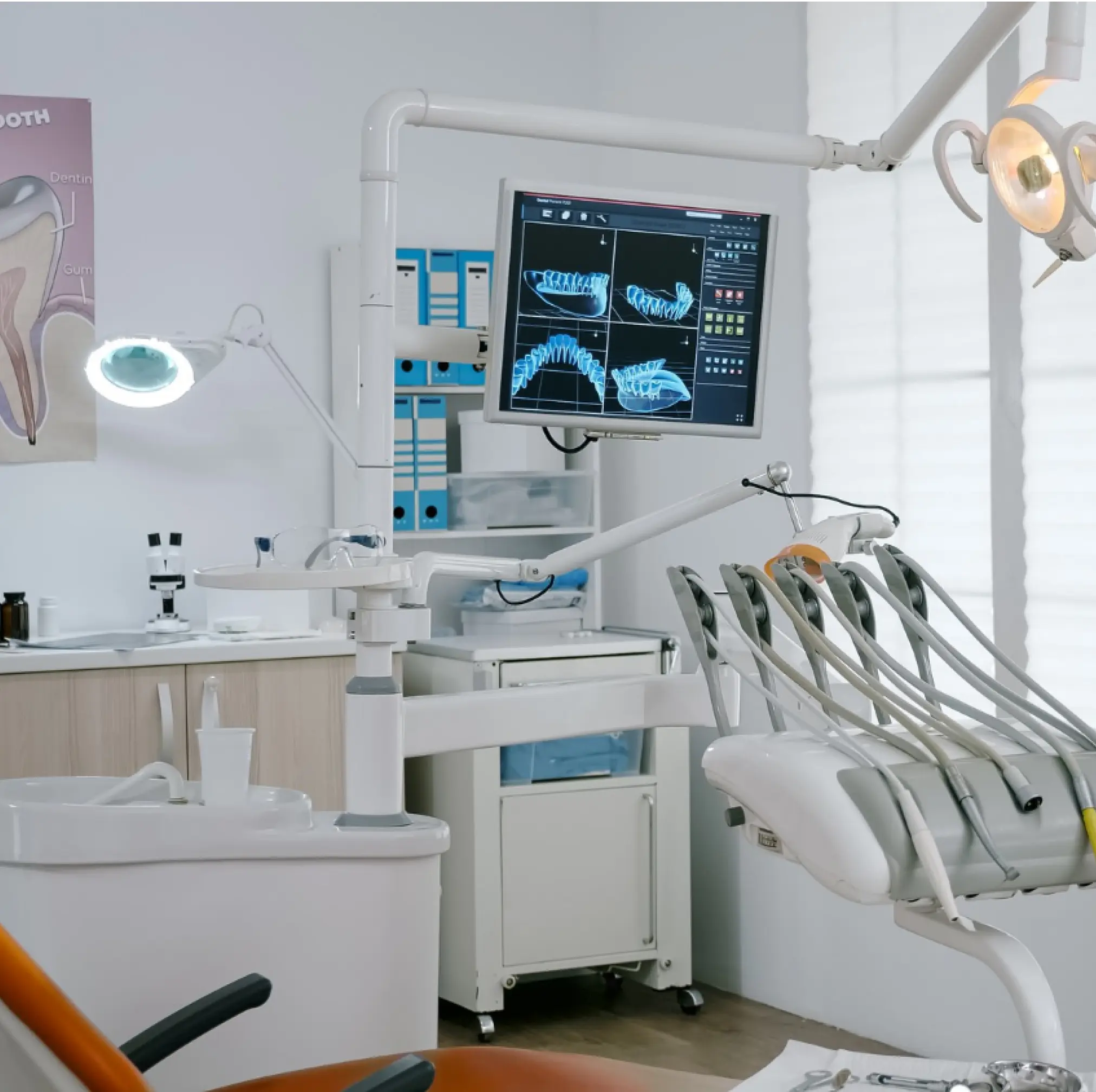
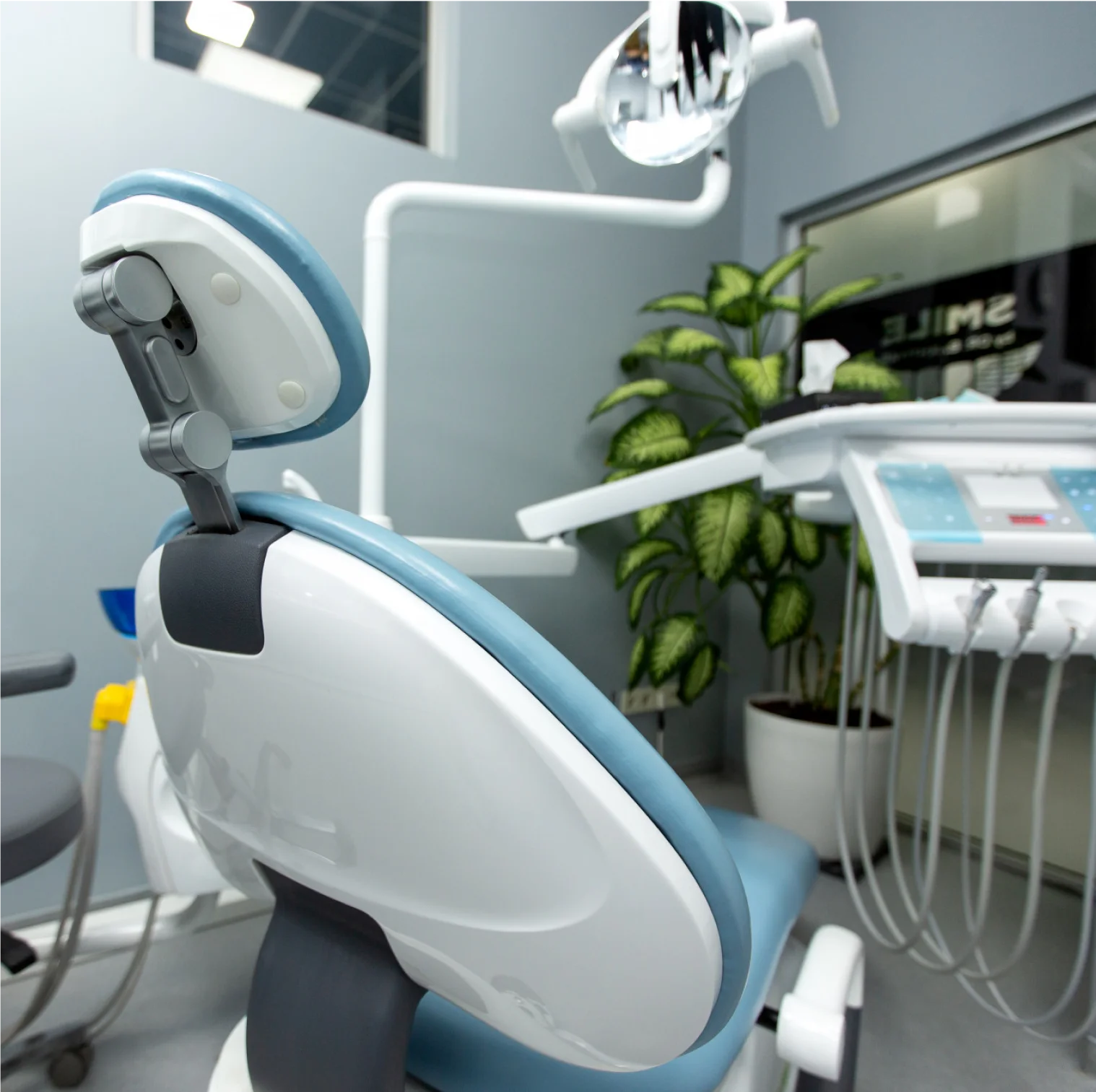
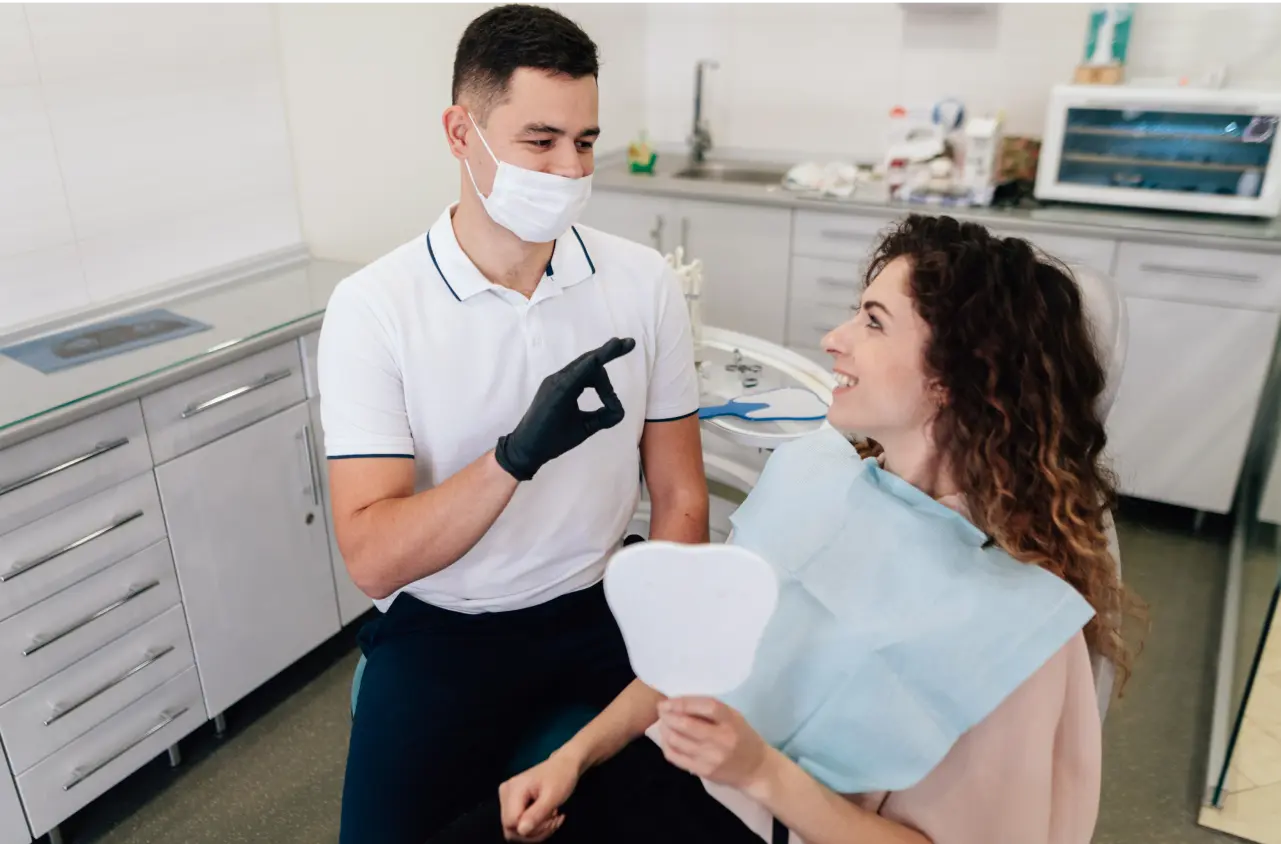
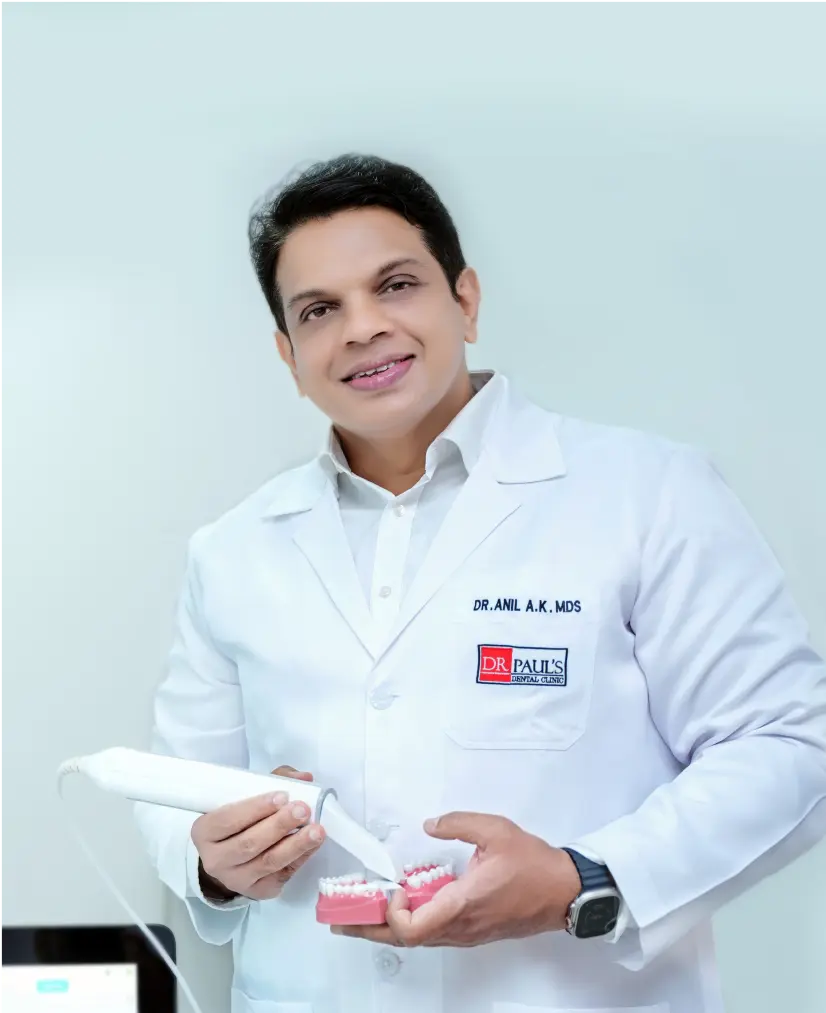 Dr. Anil Abdul Kaphoor
Dr. Anil Abdul Kaphoor 